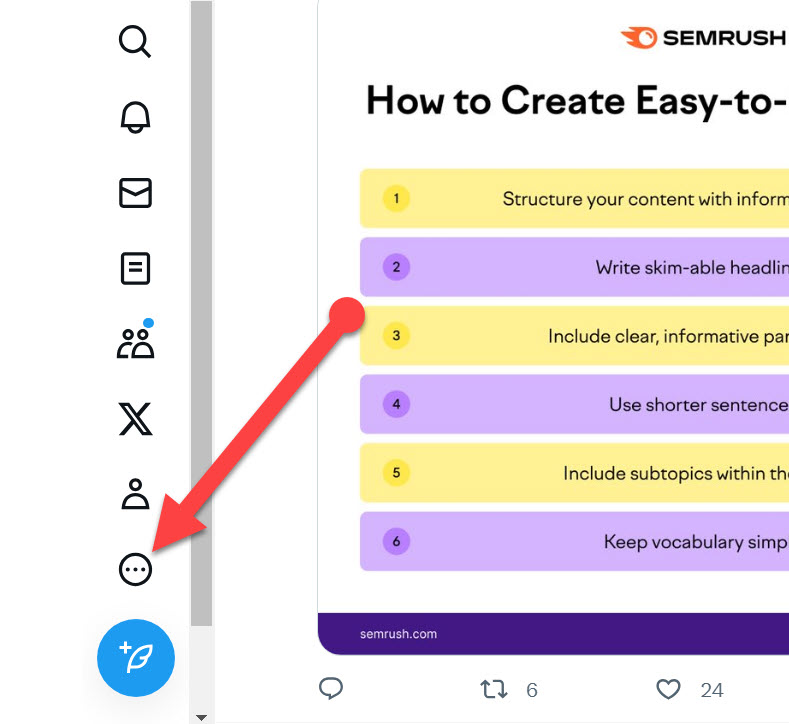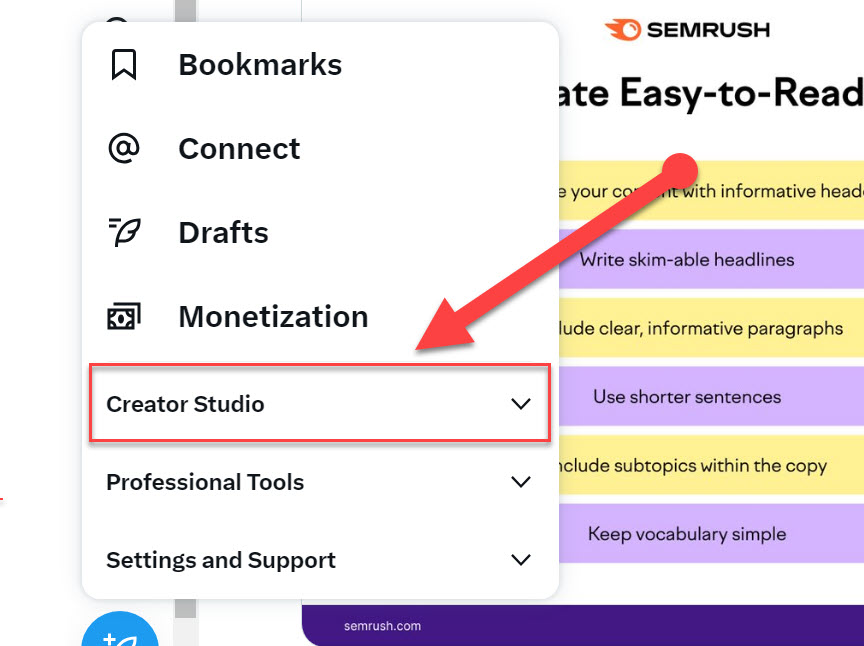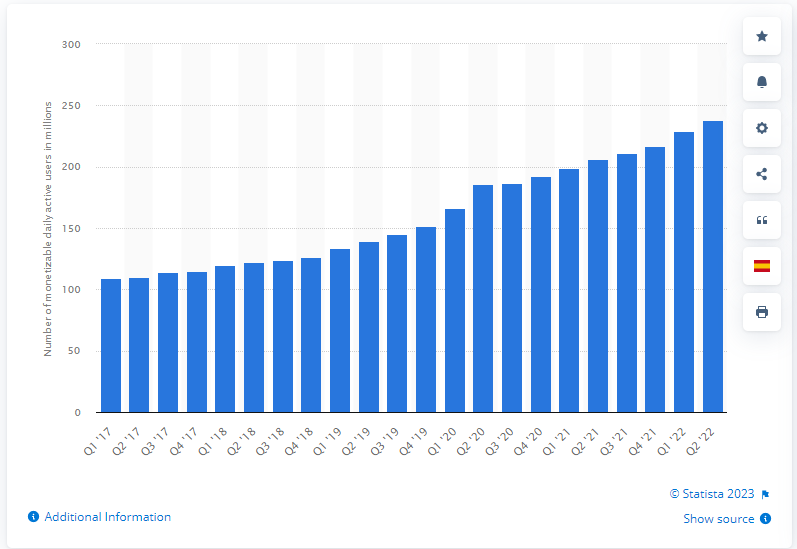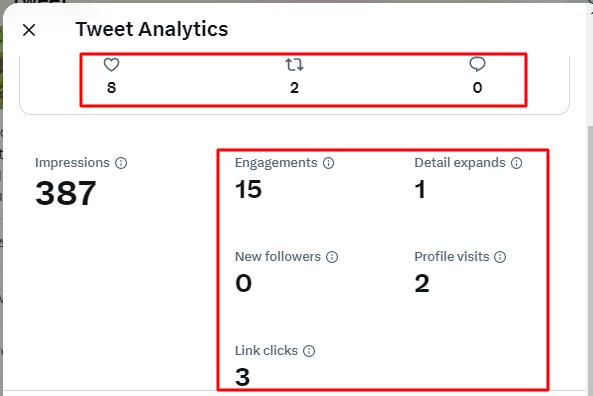
Social media isn’t just for cat memes and vacation selfies—it’s a game-changer for nonprofits looking to make a splash and reach those fundraising goals. You’ve got a mission to promote and a community to engage, so why not harness the power of platforms like Facebook, Instagram, and Twitter? With the right strategies, you can turn your followers into passionate advocates for your cause. All while making a bit more money to put towards your mission. And what nonprofit doesn’t want that?
Benefits of Social Media Marketing for Nonprofits
Social media marketing offers numerous advantages for nonprofits. It enhances visibility, fosters community connections, and opens up fundraising channels. Even if you’re a nonprofit with a Google Ad Grant, Digital Tabby notes that social media is still a valuable part of your toolbox. So, here’s some of the top reasons for your nonprofit to use social media marketing.
Increased Awareness of Causes
Social media dramatically boosts awareness for your causes. Platforms like Facebook and Instagram allow you to share engaging content that highlights your mission. Posts containing impactful statistics, stories, or visuals capture attention and encourage sharing. When your audience shares your content, it expands your reach, bringing new supporters into the fold. Regular updates about your initiatives keep your cause top-of-mind within the community.
Enhanced Community Engagement
Community engagement flourishes through social media interactions. You can create conversations, ask questions, and encourage feedback, fostering a sense of belonging among your supporters. Using polls, contests, or live Q&A sessions can spark interest and participation. Responding to comments or messages promptly shows that you value your audience, strengthening your relationship with them. Building this two-way communication can create a dedicated community around your mission.
Fundraising Opportunities
Social media serves as a powerful tool for fundraising. You can promote campaigns, share donation links, and provide updates on fundraising progress. Utilizing platforms for crowdfunding enhances your reach and allows supporters to contribute easily. Integrating social media tools with your fundraising events, such as live-streaming or hosting virtual events, can attract more attendees and boost donations. Telling compelling stories about how donations make a difference can motivate people to give, creating new revenue streams for your organization.
Creating an Effective Social Media Strategy
An effective social media strategy helps nonprofits achieve their objectives and engage their communities. You just need to align your activities with your mission while being adaptable to the needs of your audience.
Defining Clear Goals
Establishing clear goals sets the direction for your social media efforts. Focus on specific, measurable outcomes like increasing your follower count by 20% within six months or raising $5,000 for a specific campaign. Goals should align with your overall mission, guiding what content you share and how you interact with followers. Tracking these goals provides insights, allowing you to adjust tactics as needed.
Identifying Target Audiences
Knowing your target audience is key. Define the demographics and interests of your ideal supporters. Consider their age, gender, location, and motivations for engaging with your cause. You can create audience personas to visualize whom you want to reach. Tailoring your content and messaging to resonate with these groups enhances engagement and fosters a stronger community connection.
Choosing the Right Platforms
Selecting the right social media platforms maximizes your outreach. Research where your target audience spends their time. For example, if you cater to younger supporters, platforms like Instagram or TikTok might be effective. Facebook and Twitter serve well for community engagement across various age groups. Evaluate the strengths of each platform and focus your efforts where you can make the most impact.
Developing a Content Calendar
Creating a content calendar streamlines your social media efforts. Plan posts in advance, ensuring a consistent flow of content. Include a mix of promotional materials, stories from beneficiaries, and engaging questions to foster interaction. Schedule posts during peak engagement hours to maximize visibility and impact. Regularly review your calendar, adjusting as necessary based on audience feedback and current events.
Engaging Content Ideas for Nonprofits
Engaging content drives your social media success. You can capture attention and build meaningful connections by using a range of strategies.
Storytelling and Impact Sharing
Storytelling’s a powerful tool for nonprofits. Share compelling narratives that showcase how your organization makes a difference. Highlight individual stories of beneficiaries or volunteers to create emotional connections. Use storytelling through various formats—written posts, videos, or live streams. For example, a short video featuring a beneficiary’s journey can resonate deeply, prompting followers to share and engage.
Visual Content Strategies
Visual content grabs attention quickly. Use high-quality images, infographics, and videos to convey your message effectively. Create eye-catching graphics that highlight statistics related to your mission. Make sure your visuals maintain brand consistency and evoke an emotional response. Platforms like Instagram and Pinterest are great for showcasing beautiful, impactful images of your work, encouraging sharing and interaction.
User-Generated Content
User-generated content boosts authenticity and community involvement. Encourage your supporters to share their experiences with your organization. Launch campaigns inviting followers to post photos or stories using a specific hashtag. This not only builds relationships but also supplies you with fresh content. Share the best submissions on your own channels, giving credit to the creators to foster a sense of belonging.
Utilizing Hashtags and Campaigns
Hashtags broaden your reach and increase visibility. Create unique campaign hashtags to promote specific initiatives or events. Use popular, relevant hashtags to connect with larger conversations on social media. Monitor the impact of your hashtags to adjust your strategy based on engagement levels. Running campaigns around specific themes or events can energize your audience, encouraging participation and raising awareness for your cause.
Best Practices for Social Media Management
For nonprofits, effective social media management is key for building a vibrant online community and supporting your mission. Following best practices helps increase engagement and reach among your audience.
Consistent Posting and Engagement
Posting consistently is vital for keeping your audience engaged. Develop a content calendar that includes various types of posts, like updates, events, and success stories. Aim for a regular posting schedule; for example, three to five times a week works well for many nonprofits. Engagement shouldn’t stop at posting. You should actively interact with your audience by liking, sharing, and replying to comments. Acknowledge user interactions and encourage conversations to strengthen community ties and boost visibility.
Responding to Audience Interactions
Timely responses to audience interactions can make a big difference. Whenever someone comments or messages you, make it a priority to respond swiftly. Personalized replies show that you value your audience and are committed to connecting with them. If you receive questions, provide clear answers. If criticism arises, address it professionally and compassionately. Maintaining an open line of communication fosters trust and encourages more people to engage with your organization.
Analyzing Performance Metrics
Regularly analyzing performance metrics helps you understand what works and what doesn’t in your social media strategy. Use tools like Facebook Insights or Twitter Analytics to track engagement rates, follower growth, and post reach. Focus on key metrics such as likes, shares, comments, and click-through rates. Adjust your strategy based on this data. For instance, if videos generate more engagement than photos, increase your video content. Continuously optimizing your approach ensures your social media efforts align with your goals and enhance community support.
Adapting to Social Media Trends
Staying current with social media trends is vital for nonprofits. Engaging audiences requires adapting to new formats and platforms.
Keeping Up with Content Formats
Content formats evolve rapidly. Video content, particularly short-form videos, captures attention effectively. Using platforms like TikTok or Instagram Reels can elevate your message. Live streaming events offers authenticity and connection; consider live Q&A sessions or behind-the-scenes glimpses of your work. Additionally, incorporating user-generated content builds community and trust. Encourage your audience to share their experiences related to your cause.
Embracing New Platforms and Features
New platforms and features emerge frequently. Test out newer social media channels that align with your audience’s interests. For example, Discord and Clubhouse can foster niche discussions around your mission. Be aware of features like Instagram Shopping or Facebook Fundraiser tools; utilizing them optimizes fundraising efforts. Also, updates like Twitter Spaces can enhance engagement through audio interactions. Staying flexible and willing to experiment with these innovations enhances your nonprofit’s reach and impact.






























